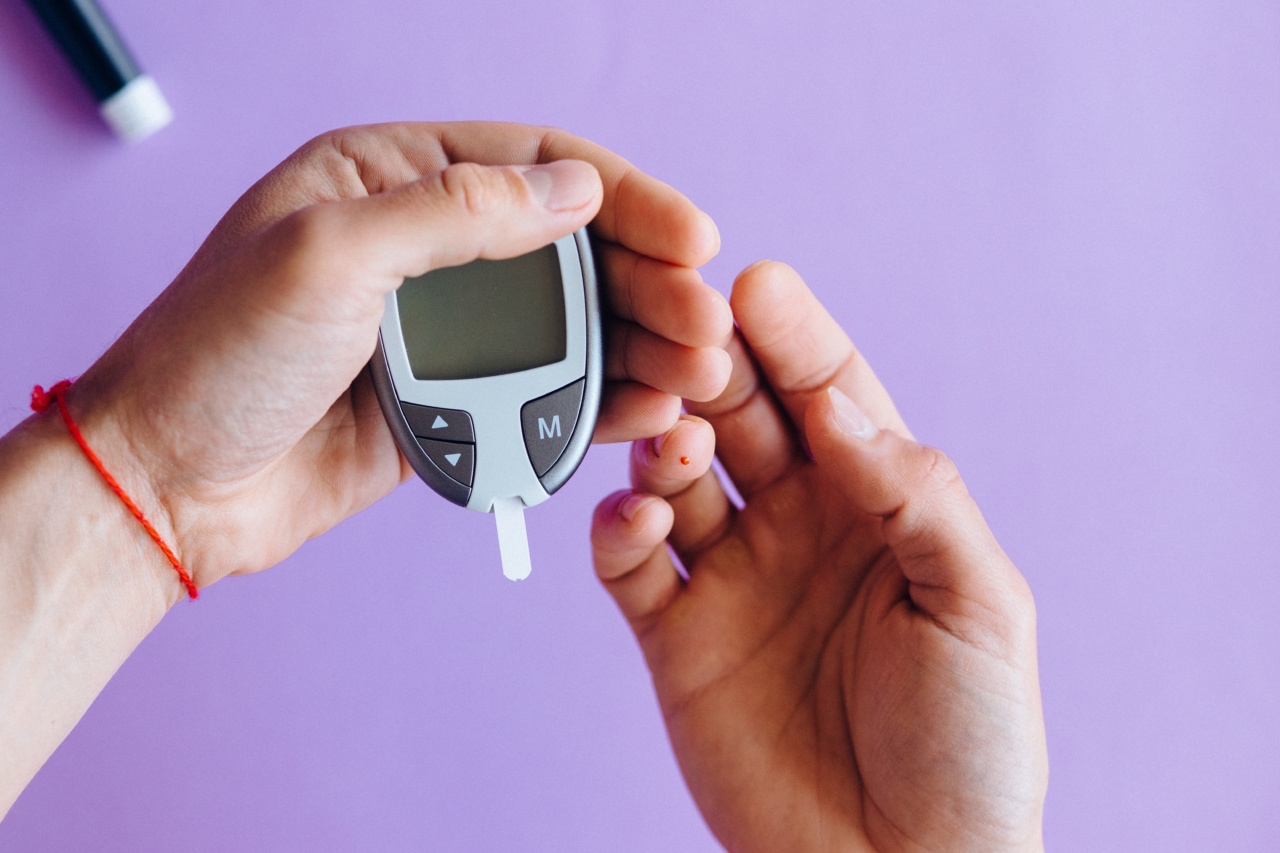A new study has revealed that a simple blood test can accurately predict the prognosis for patients with lymphoma.
Lymphoma is a type of cancer that develops in the lymphatic system, a network of vessels and tissues that helps to protect the body from infection. The lymphatic system consists of lymph nodes, the spleen, bone marrow, and lymphocytes, which are specialized immune cells. The lymphatic system is important in the fight against cancer because it helps to detect and destroy cancer cells.
However, when cancer cells start to grow and divide out of control, they can overwhelm the lymphatic system, leading to lymphoma.
What is lymphoma?
Lymphoma is a type of cancer that develops in lymphocytes, which are a type of white blood cell that plays a crucial role in the immune system. Lymphocytes are produced in bone marrow, and they travel throughout the body through the lymphatic system.
There are two main types of lymphocytes: B cells and T cells. B cells produce antibodies that target specific pathogens, while T cells directly attack infected or cancerous cells.
Lymphoma is classified as either Hodgkin’s lymphoma or non-Hodgkin’s lymphoma, depending on the type of lymphocyte involved. Hodgkin’s lymphoma is characterized by the presence of a specific type of cell called the Reed-Sternberg cell.
Non-Hodgkin’s lymphoma is further divided into several subtypes based on the pattern of cells involved.
How is lymphoma diagnosed?
Lymphoma is typically diagnosed through a combination of physical exams, blood tests, imaging tests, and biopsies. Doctors will first perform a physical exam to check for swollen lymph nodes, an enlarged spleen or liver, or other signs of lymphoma.
They will also take a medical history and ask about any symptoms the patient may be experiencing, such as fatigue, fever, or night sweats.
Blood tests can help to detect abnormal levels of white blood cells or other markers that may suggest lymphoma.
Imaging tests, such as X-rays, CT scans, and MRI scans, can help to visualize the lymph nodes and other tissues to look for signs of lymphoma.
If cancer is suspected, a biopsy may be performed to confirm the diagnosis. During a biopsy, a small sample of tissue is removed from the lymph node or other affected area and examined under a microscope to look for cancer cells.
What is the prognosis for lymphoma?
The prognosis for lymphoma depends on several factors, including the type and stage of the cancer, the age and overall health of the patient, and how well they respond to treatment.
Hodgkin’s lymphoma is generally considered more treatable than non-Hodgkin’s lymphoma, with a five-year survival rate of around 86%. Non-Hodgkin’s lymphoma has a five-year survival rate of around 71%, though this varies depending on the subtype of the cancer and other factors.
How can a blood test predict lymphoma prognosis?
A recent study published in the journal Blood Advances found that a blood test can accurately predict the prognosis for patients with lymphoma.
The test measures the levels of two proteins, called CXCL13 and IL-10, which are involved in the immune response to cancer.
The study analyzed blood samples from 462 patients with various types of lymphoma to determine the relationship between CXCL13 and IL-10 levels and prognosis.
The researchers found that patients with higher levels of CXCL13 had a better prognosis, while those with higher levels of IL-10 had a poorer prognosis. When the two proteins were combined into a ratio, they found that this ratio was an even more accurate predictor of prognosis.
The findings suggest that this blood test could be a valuable tool for helping doctors determine the best course of treatment for patients with lymphoma.
Patients with a higher ratio of CXCL13 to IL-10 may benefit from more aggressive treatment, while those with a lower ratio may be able to forgo certain treatments with less risk of relapse.
What are the implications of this study?
The results of this study have significant implications for the diagnosis and treatment of lymphoma.
Currently, prognosis is determined through a combination of factors, including the type and stage of the cancer, the age and overall health of the patient, and how well they respond to treatment. While these factors are all important, they do not always provide a complete picture of the patient’s prognosis.
By measuring the levels of CXCL13 and IL-10 in the blood, doctors may be able to more accurately predict the patient’s prognosis, allowing for more personalized and effective treatment plans.
In addition, the test could help to identify patients who may be at higher risk of relapse, allowing for earlier intervention to prevent the cancer from spreading.
What are the limitations of this study?
While the results of this study are promising, there are some limitations to consider. First, the study was conducted on a relatively small sample of patients, and further research is needed to validate the findings in larger populations.
Second, the study only analyzed two proteins, and there may be other factors that contribute to lymphoma prognosis that were not measured.
It is possible that future studies may identify additional markers that can provide an even more accurate picture of a patient’s prognosis.
Finally, it is important to note that prognosis is just one aspect of cancer treatment, and there are many other factors that need to be considered when developing a treatment plan.
While this blood test may help to provide more personalized treatment recommendations, it should not be used as the sole basis for making treatment decisions.
Conclusion
The results of this study suggest that a simple blood test can accurately predict the prognosis for patients with lymphoma.
By measuring the levels of CXCL13 and IL-10 in the blood, doctors may be able to more accurately predict the patient’s prognosis, allowing for more personalized and effective treatment plans. However, further research is needed to validate these findings in larger populations and to identify additional markers that can provide an even more accurate picture of a patient’s prognosis.






















